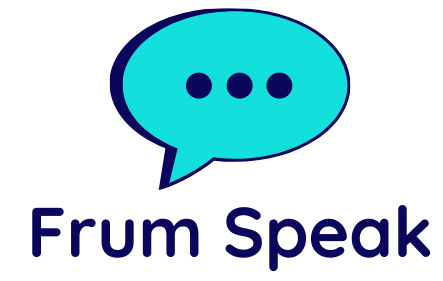By Rabbi Yosef Wikler, Editor, KASHRUS Magazine
Many and complex are the ways of kashering, but the common denominator is heat, intense heat. However, intense heat can produce (unwanted) fires – a serious problem for the mashgiach who is being called to kasher and for the kashrus agency which sends him out to do so.
One fire caused by kashering resulted in fire damage was over $2,000,000. The company was able to collect from their insurance company, but the cause of the fire was never divulged. That is “a bit of a problem.”
A company needs koshering, is ready to pay for it, and they realize that some damage might occur. But, there are some serious concerns here: the safety of all those in the building, the potential of serious damage, the legality of the process, and the exposure of the kashrus agency and the mashgiach who does the kashering.
For mashgichim who are living and operating in New York City there are two precautions which can save much headache if those involved in koshering facilities undertake to pursue them.
Hot Water Permits
In New York City, the FDNY issues a certificate which permits the holder of the certificate to perform indoor use of a blowtorch. The FDNY issues a G-60 license to those who pass the exam. The certificate will permit the holder to use oxygen and flammable gases, LPG (propane) or CNG (methane), for any hot work operation. This is what every mashgiach being asked to kasher must have in order to protect himself legally for doing the work that he is doing.
The FDNY exam is based on a 58 page booklet (https://tinyurl.com/44y6f3hb) describing how to operate a blowtorch and safety precautions that everyone should follow.
In other cities and states this permit is called a “hot water permit,” which is issued by the local fire department. Not every city will have one and they may not cover the blowtorch needed for serious kashering.
The Written Release
The second protection is the written release, which should be signed before the mashgiach performs the kashering. The written release form must spell out the following.
- The signer requests the XYZ Kosher Certification to kasher this facility.
- The signer understands that, while the mashgiach is well-trained and responsible, our kosher certifying agency cannot guarantee that damage will not occur.
Without these two in place – permission by the fire department for the mashgiach using a blow torch indoors, and the owner of the facility signing off responsibility – no mashgiach or kashrus agency should undertake the responsibility to kasher any facility (even when a blowtorch is not being used).
The blowtorch method of kashering is effective and is very commonly used; however it is dangerous, and in some settings it is illegal. Other methods are also acceptable.
With a blowtorch, in just 9 seconds you can render a treife spot into a now kosher one, but drawbacks do exist.
- You must wait a full 9 seconds on each spot. That requires very serious training.
- If there is food, grease or any other substance on the surface being kashered, the blowtorch will burn only that substance. The grease will form a barrier between the torch and the real surface, and another 9 seconds is needed on each part of the revealed surface.
- Anyone who uses a blowtorch without proper training, licensing, and permission, is exposing himself to serious consequences.
- Even if using a blowtorch is a “better” method for kashering, we must address the following. Given that, at times, we may be contributing to serious personal injury or property damage, since we Jews are targets for the ever-present antisemites, we have to ask ourselves whether the benefits of blowtorch kashering today outweigh the (possible) downside.
Some of the major players in the kashrus industry are secretly calling for a review of the wide use of blowtorches in kashering.
One personal story. Once I was observing an expert demonstrate how to kasher a chometzdike bakery for Pesach use. The mashgiach decided that we needed to make a fire inside the building to “burn out” the racks which were chometzdike. The racks were placed into a pile in the middle of the room, arranged in such a way that the intense heat from the fire would burn them out so as to be used to make Pesachdike cookies.
We used charcoal briquettes, and the rabbi, under his watchful eye, ignited the fire creating a giant barbeque.
The problem was that the charcoal briquettes were self-lighting, only the rabbi hadn’t known that. The rabbi proceeded to spray lighter fluid all over the charcoals.
When the briquettes were ignited, the flames quickly shot up very close to the ceiling. From where I was standing, I could see exposed electrical wires on the ceiling and that the flames were reaching very close to them. I also observed the paint on the ceiling start to melt due to the intense heat.
That was when I decided to run outside of the building and issue my personal concern to the rabbi in charge. He held his ground, confident that things would not go any further, and, in a few minutes, the fire was brought under control with no damage occurring. (One very close call.)
{Matzav.com}


Recent comments